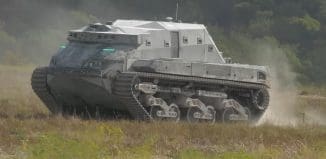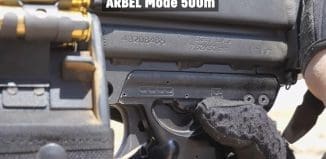From Military in Afghanistan to Civilian Self-Driving Vehicles
This post is also available in:  עברית (Hebrew)
עברית (Hebrew)
Autonomous vehicles need to become safer for broad consumer, ride-hailing and trucking industry adoption. A patented military-proven ground-penetrating radar (GPR) significantly improves navigation safety and precision on any road by keeping self-driving vehicles precisely in-lane.
WaveSense’s mapping and sensor technology complements existing self-driving vehicle sensors – GPS/INS, radar, lidar, cameras – to keep vehicles precisely in-lane, especially in poor weather conditions including snow, rain and fog and where lane markings do not exist or are unclear and confusing.
Originally developed at MIT Lincoln Laboratory for the military, the first systems were deployed in Afghanistan in 2013 in conditions where road markings were poor or non-existent and obstruction from poor visibility was commonplace. When precisely locating a vehicle means the difference between driving over a landmine or safely completing a mission, accuracy is paramount.
WaveSense is now bringing this lifesaving technology, with the same military-grade safety and precision, to civilian self-driving vehicles. Several pilots are underway with leading industry players.
Current systems used by leading players in self-driving vehicles that solely rely on above ground sensors like GPS, lidar and cameras to identify the exact position of the vehicle are insufficient, often handicapped by visibility issues, and struggle with weather and constant changes in the above-ground driving environment.
With the addition of subsurface data to above-ground sensor information, self-driving cars will have a comprehensive capability to know their exact position at all times, according to globenewswire.com.
Using ground-penetrating radar, the company builds a subterranean fingerprint of roadways and maps and tracks against unique geologic patterns. It scans up to 10 feet below the road to lock on to stable underground features and keep self-driving vehicles safely and precisely in-lane. As the vehicle drives, the technology continually scans the subsurface soil layers, rocks and road bedding about 126 times per second and compares the scans to its onboard image database to determine the exact vehicle position in relation to the road.
This mode of navigation has been demonstrated to be accurate to within a few centimeters (approximately 1 inch) at standard highway speeds, even during night time or snowstorm conditions.






























